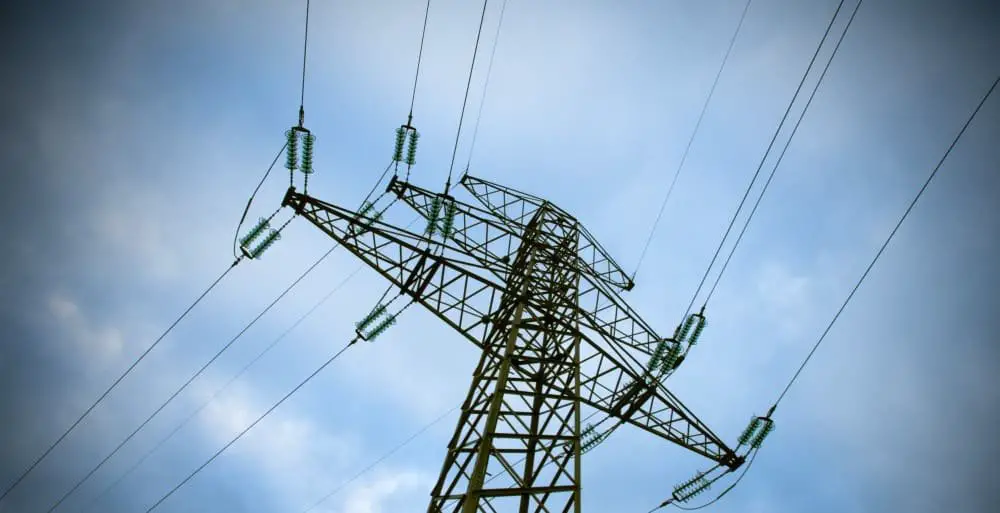
Overhead transmission lines are not insulated primarily due to three reasons: first and foremost is to reduce the weight of the lines, secondly to save cost and the last is they are at sufficient height to avoid direct contacts. Let us discuss each one of the reasons one by one elaborately.
You might have notices that the cables used for residential wiring as well us laid underground are insulated but overhead transmission lines, in particular, the high voltage transmission lines are not insulated. At the same time, the HV and EHV lines are supported over high lattice steel towers. Here are the reasons behind all these.
Reduce weight and cost of the transmission line
The thickness and material of insulation required for the transmission lines depend on the transmission voltage. Higher the voltage thicker shall be the insulation. Hence insulating the lines adds up extra loads to it. Apart from this, storm and accumulation of ice over the line can add up the load and affect the stability of the line. To avoid this the lines are left uninsulated. Ultimately, by not insulating the lines the power transmission companies can save a lot of money.
Normally bundled aluminium reinforced steel conductors, having high conductivity and high mechanical strength are used for power transmission. The weight of the lines can affect the sag of the conductor. The sag is also affected by the temperature.
Also read: Why is electricity transmitted at high voltages?
Reduction in conductivity
Insulating a the EHV transmission lines can result in reduction in its conductivity. As you know, di-electric strength of an insulator diminishes with increase in voltage. Therefore, one can imagine how thick the insulating material of a 400kV line should be. An insulator that thickness would ruin dissipating heat capacity from the conductor, which would greatly reduce the conductivity of the conductor.
Does a transmission line need insulation?
As far as there is adequate gap between the lines and the ground and also if there sufficient distance between the phases transmission lines do not need any insulation. The ambient air around it can provide sufficient insulation to the conductor.